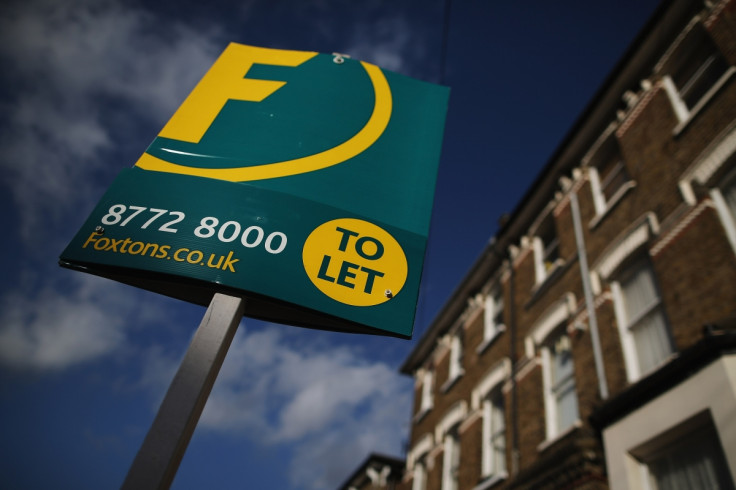UK housing: Rents rising at quickest pace for four years in 'serious challenge to affordability'

Rents in England and Wales rose at their fastest pace for four years in 2015 putting extra strain on household finances. The buy-to-let index from estate agents Reeds Rains and Your Move said the average rent hit £794 per month after increasing by 3.4% over the year, the highest rate since 2011 when it was 4%.
Inflation averaged at around 0% for the year, while wage growth came in at around 2%, meaning rents are rising much faster than both. A shortage of housing supply in some areas of the country, particularly London and the south east of England, is driving up house prices and rents. The ONS said house prices in England rose 8.3% in the year to November 2015 to an average of £302,000. House building is running at around half the level needed to meet demand.
"Rents reacted strongly in 2015, powered by welcome warmth from household earnings, and growing pressure from supply – the more troubling lack of housing in the UK," said Adrian Gill, director of estate agents Reeds Rains and Your Move. "The combined force is skywards for rents. Such growth in rents is a mixed bag. The fact that the majority of tenants can afford higher rents is certainly good news, and should be seen as a positive indicator as we enter 2016. Yet over the longer-term, higher rents also raise a serious challenge for the future affordability of housing in this country. Everything else will need to keep up."
Chancellor George Osborne, who wants to increase home ownership in the country, has targeted the unpopular buy-to-let sector with a 3% levy on top of normal stamp duty rates for the purchase of additional property. The new tax should come in on April 1, 2016, after he announced it in the autumn statement. It followed his scrapping of a relief for buy-to-let investors that allowed them to offset mortgage interest payments against their income tax bills.
Gill warned against the moves by Osborne. "Last year also demonstrated how the cost of renting a home has begun to diverge from the wider cost of everyday living, as measured by standard rates of inflation," he said. "Again this demonstrated that maintaining the success and the current affordability of private renting will depend on the main issue at hand – getting more properties onto the market. Into 2016, all layers of government, regulators and lenders should be taking every opportunity to help the flow of much-needed investment in buy-to-let – far from some of the recent political moves to discourage landlords."
Buy-to-let lending has surged as investors rush to beat the new tax year. The Royal Institution of Chartered Surveyors (Rics) and the Council of Mortgage Lenders (CML) have both reported a spike in buy-to-let demand at the end of 2015, after Osborne unveiled his planned tax hike. The CML reported a 35% annual leap in gross buy-to-let lending in November 2015, when 23,300 mortgages were issued. It said the value of gross buy-to-let lending jumped 46% year-on-year in November to £3.5bn.
© Copyright IBTimes 2025. All rights reserved.






















